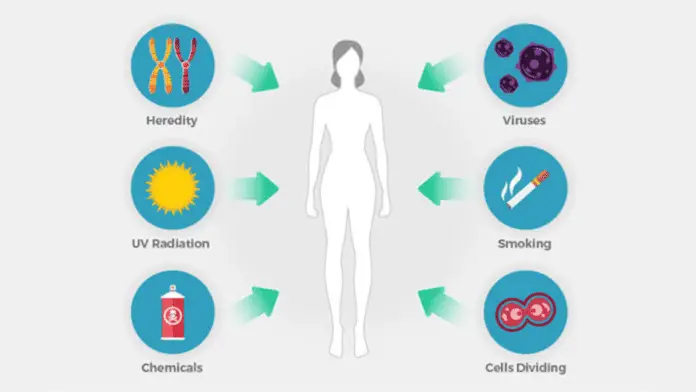
Cancer is a scary word. It’s something that we all hope to avoid, and yet it’s the second leading cause of death worldwide. According to the World Health Organization, cancer killed an estimated 9.6 million people in 2018 alone. But what exactly is cancer? And what causes it? In this blog post, we’ll be taking a look at the top 10 causes of cancer and their impact on the development of this disease. By understanding the root causes of cancer, we can hopefully start working toward prevention and early detection. So let’s get started!
Cancer has become an undeniable part of modern life, affecting many around the world regardless of income or access to health services. The top 10 causes of cancer reveal a greater insight into this devastating disease, giving us more understanding and helping us make progress toward prevention. This article dives deep into the top 10 causes of cancer, closely examining their impact on the development and progression of the disease. By understanding these top 10 causes, we can move closer to curbing the effects of this illness and improving our wellbeing.
What is Cancer?
Cancer is a group of diseases characterized by the uncontrolled growth and spread of abnormal cells. It is one of the leading causes of death worldwide, as it can affect any part of the body. Cancer develops when a series of changes occur in a cell or group of cells that lead to the formation of a tumor. This tumor can then spread to other areas of the body, affecting different organs and tissues.
Types of Cancer
There are several main types of cancer, each with its own causes, treatments, and outcomes. The most common type is carcinoma, which begins in epithelial cells that line organs and tissues throughout the body. Carcinomas are further divided into subtypes based on the type of tissue and cell involved, such as squamous cell carcinoma, adenocarcinoma, and small cell carcinoma. Other types of cancer include sarcomas, which develop in bones and muscles; lymphomas, which affect the lymphatic system; and leukemias, which develop in the blood.
Overview of Cancer Development Process
The cancer development process is complex and can vary from person to person. Generally speaking, it involves a number of factors, including environmental exposure, lifestyle choices, genetics, and other health conditions. When these factors interact in an unfavorable way, they can cause cells to become abnormal or uncontrolled in their growth and spread. If left untreated, this could lead to cancer. It’s important to note that not all cancers are preventable, but understanding the top 10 causes of cancer can help us take proactive steps toward reducing our personal risk.
Top 10 Causes of Cancer
A. Lifestyle Factors
1. Poor Diet

It has been well-documented that certain dietary habits can contribute to the development of cancer. Eating a diet high in processed and fried foods, refined sugars, and saturated fats can increase your risk of developing cancer. Additionally, diets lacking in fruits, vegetables, and other nutrient-dense foods can deprive your cells of essential vitamins and minerals, leading to cellular damage over time.
2. Lack of Physical Activity

A sedentary lifestyle has been linked with an increased risk of certain types of cancer. Regular physical activity helps reduce inflammation and improve immune function, both of which can help protect against cancer. Additionally, exercise can help keep a healthy weight, which is an important factor in preventing cancer. Read: An Easy Beginner-Friendly Cardio Workout
3. Tobacco Use

Smoking cigarettes and other forms of tobacco use are among the top causes of cancer due to the harmful chemicals they release into the body. Inhaling cigarette smoke has been linked with lung, bladder, and kidney cancer, among other diseases.
4. Alcohol Consumption

Excessive alcohol consumption has been linked with a greater risk of certain cancers, including liver, mouth, throat, and breast cancer. Additionally, alcohol can impair judgment and lead to behaviors that increase the risk of developing cancer, such as engaging in unprotected sex or smoking cigarettes.
B. Environmental exposure
5. Air Pollution
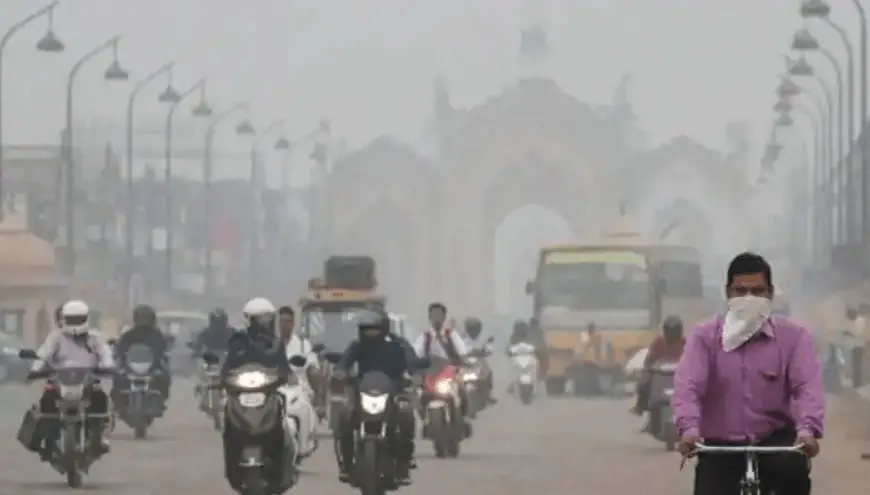
Air pollution is one of the top environmental causes of cancer, as it can contain a number of hazardous substances, such as ozone, lead, nitrogen oxides, and benzene. Breathing in these pollutants can damage our cells and increase the risk of developing certain types of cancer. Long-term exposure to polluted air can also increase inflammation and weaken the immune system, making us more vulnerable to cancer.
6. Water Contamination
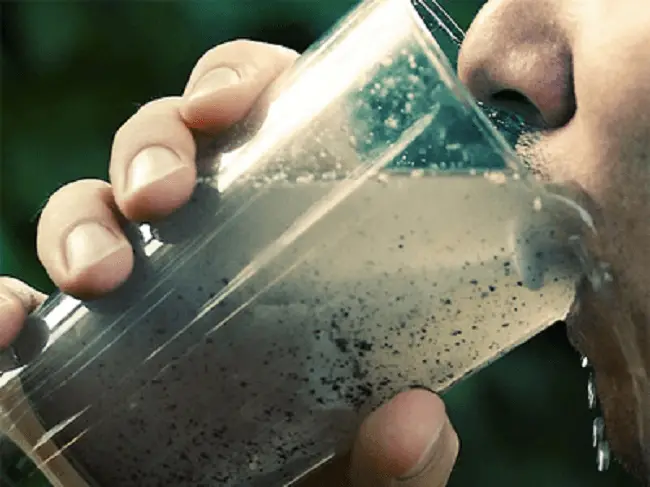
Exposure to contaminated water is another environmental cause of cancer. Pollutants in water sources can include harmful chemicals, bacteria, and metals that are linked with an increased risk of certain cancers. For instance, arsenic is a naturally occurring element that can be found in water sources, and long-term exposure has been linked with an increased risk of bladder and lung cancer.
7. Exposure to Harmful Chemicals
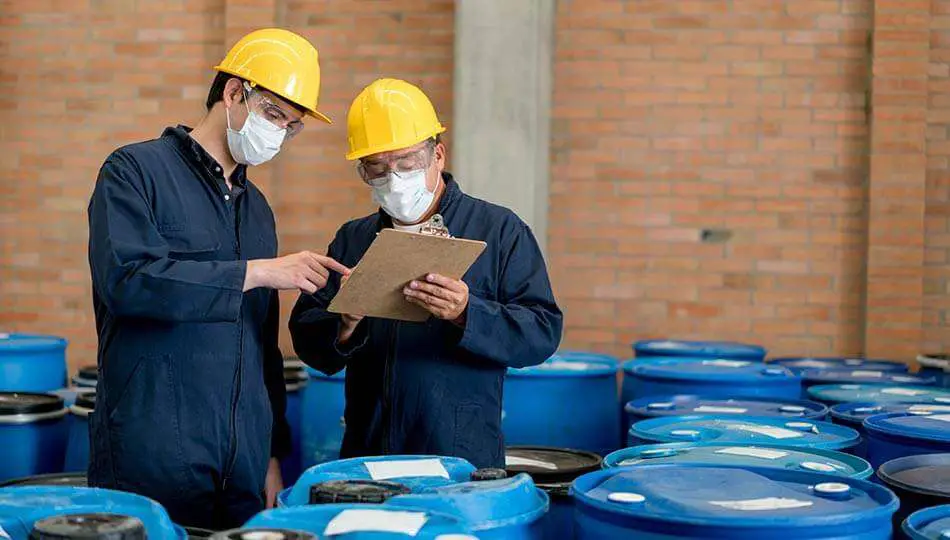
Certain toxic chemicals can increase the risk of developing cancer when exposed over an extended period of time. These chemicals can include asbestos, which is linked with an increased risk of lung and mesothelioma cancer, benzene, and other hazardous substances. It’s important to take precautionary measures when working with these chemicals, as they can be extremely dangerous.
C. Genetics
8. Hereditary Predisposition

A hereditary predisposition is a top cause of cancer, as it refers to inherited genetic mutations from one or both parents that increase an individual’s risk of developing certain types of cancer. These mutations can be passed down from generation to generation, and the risk increases if multiple family members have been affected.
9. Genetic Mutations
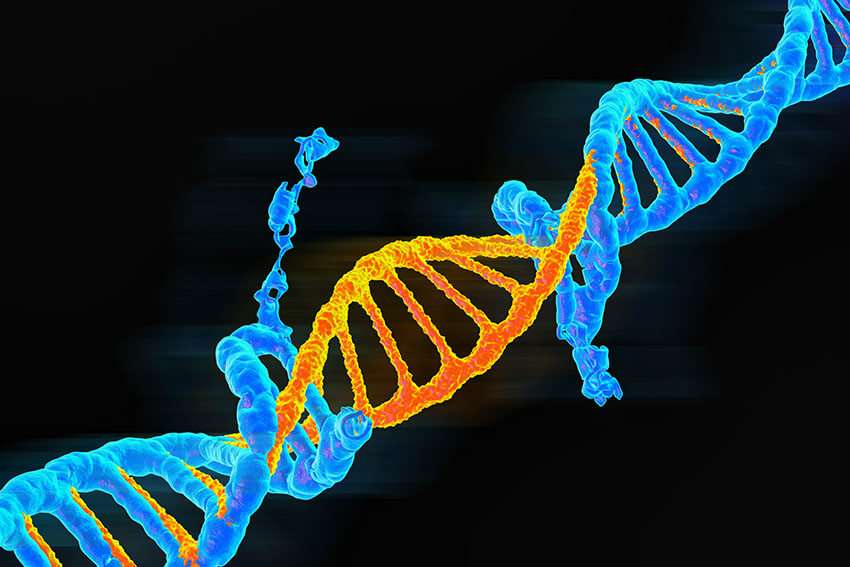
Sometimes, genetic mutations can occur spontaneously due to environmental or lifestyle factors, such as exposure to certain chemicals or radiation. These mutations can change the way a cell behaves and cause it to grow out of control, leading to cancer. Additionally, certain viruses, such as the human papillomavirus (HPV), can cause genetic mutations that lead to cancer.
D. Other causes
10. Chronic Inflammation

Chronic inflammation is a top cause of cancer as it can damage cells and impair their ability to function properly over time. This can lead to mutations in the cells that can eventually cause them to become cancerous. Additionally, chronic inflammation can weaken the immune system, making it less effective at fighting off cancer cells.
How to Reduce Your Risk of Cancer
A. Lifestyle changes
1. Eating a Healthy Diet
Eating a balanced diet rich in fruits, vegetables, whole grains, lean proteins, and healthy fats can help reduce your risk of cancer. These foods are packed with essential nutrients that can protect against cellular damage, support proper cell function, and strengthen the immune system.
2. Engaging in Regular Physical Activity
Exercise has been shown to reduce inflammation, strengthen the immune system, and improve overall health and wellness. Aim for at least 30 minutes of moderate physical activity each day to keep your body functioning optimally and reduce your risk of developing cancer. Read: An Easy Beginner-Friendly Cardio Workout
3. Quitting Smoking
Smoking is one of the top causes of cancer and should be avoided at all costs. Quitting smoking can reduce your risk of developing lung, throat, and other types of cancer.
4. Limiting Alcohol Consumption
Excessive alcohol consumption has been linked with an increased risk of certain types of cancer, so it’s important to limit your alcohol intake. The recommended limit for men is no more than two drinks per day, and for women, it’s one drink per day.
B. Environmental Modifications
1. Air Purification
Poor air quality is one of the top causes of cancer, as it can contain a variety of toxic substances that can increase the risk of developing cancer when exposed over extended periods of time. To reduce your risk, invest in an air purifier system for your home that traps and removes pollutants from the air.
2. Water Filtration
The water you drink can contain chemicals and contaminants that could increase your risk of cancer. Make sure to filter your drinking water to reduce any chemicals or contaminants that may be present in your tap water.
3. Minimizing Exposure to Harmful Chemicals
Common household products, such as cleaning supplies, air fresheners, and pesticides, can contain toxic chemicals that could increase your risk of cancer. Whenever possible, choose natural products or look for products labeled as “green” or “eco-friendly” to reduce the risk of exposure to these harmful substances.
C. Genetic Testing and Counseling
1. Understanding Your Risk
It’s important to understand your family’s medical history and any potential genetic risk factors for developing cancer. Knowing your personal risk factors can help you make informed decisions about lifestyle changes that could reduce your risk, as well as stay alert for early warning signs of cancer.
2. Early Detection
Early detection is key when it comes to treating cancer and increasing survival rates. Genetic testing can help identify markers of genetic predisposition, so you can be tested more frequently for the development of cancerous cells. Additionally, regular screenings and checkups are important for detecting cancer in its early stages, before it has the chance to spread.
By understanding the top 10 causes of cancer, individuals can take proactive steps to reduce their risk and improve their overall health. From lifestyle changes, such as eating a healthy diet and engaging in regular physical activity, to environmental modifications, such as air purification and minimizing exposure to harmful chemicals, there are many ways to reduce your risk of developing cancer. Additionally, genetic testing and counseling can help to identify markers of genetic predisposition, so you can be more alert for early warning signs of cancer. With these top 10 causes in mind, individuals can make informed decisions about their lifestyle choices and reduce their risk for this life-threatening disease.












[…] maintaining good dental hygiene. In this article, we explore what does a cavity look like, their causes, and its effects on oral health, as well as tips for preventing it from forming in the first place. […]